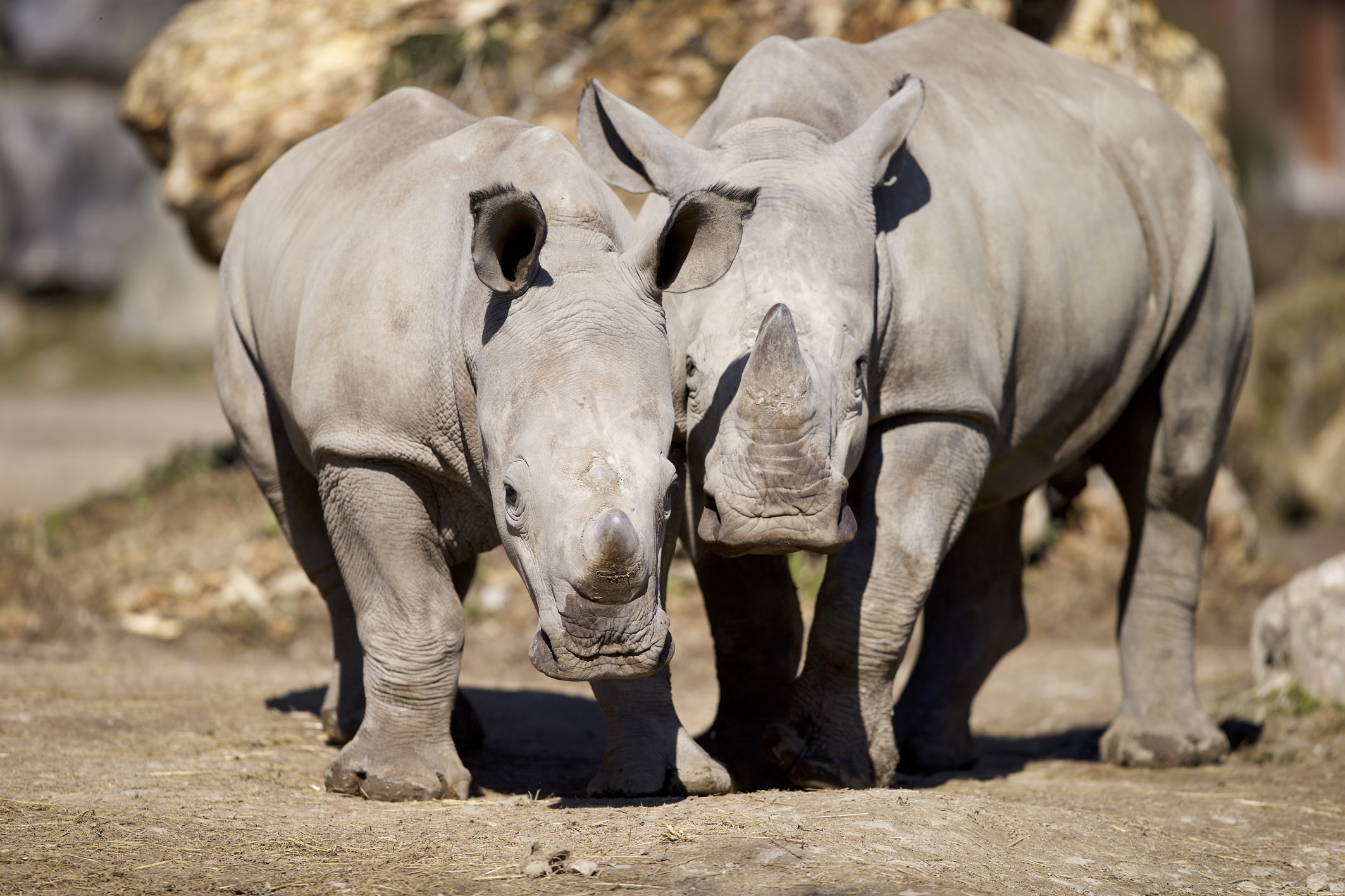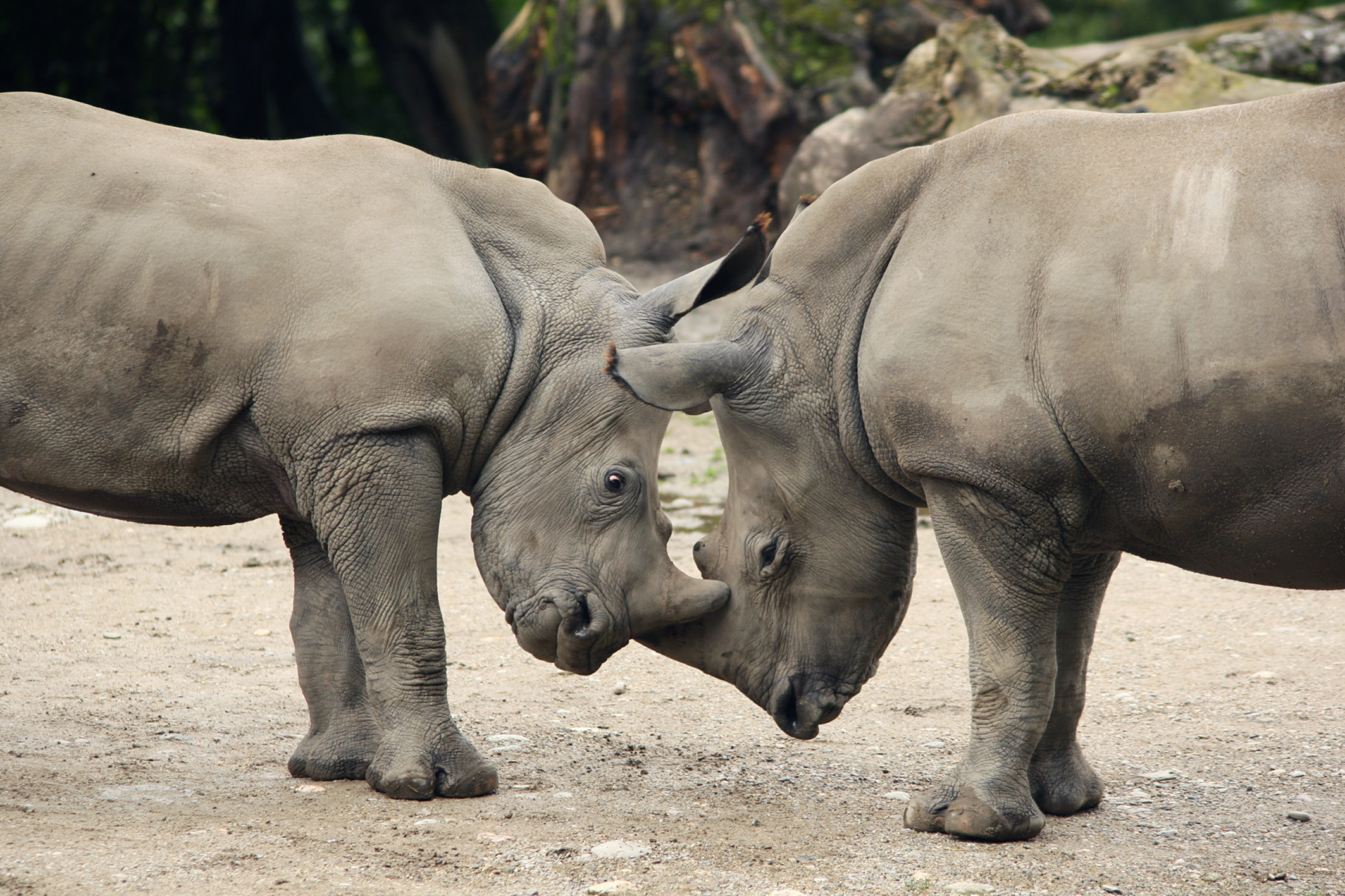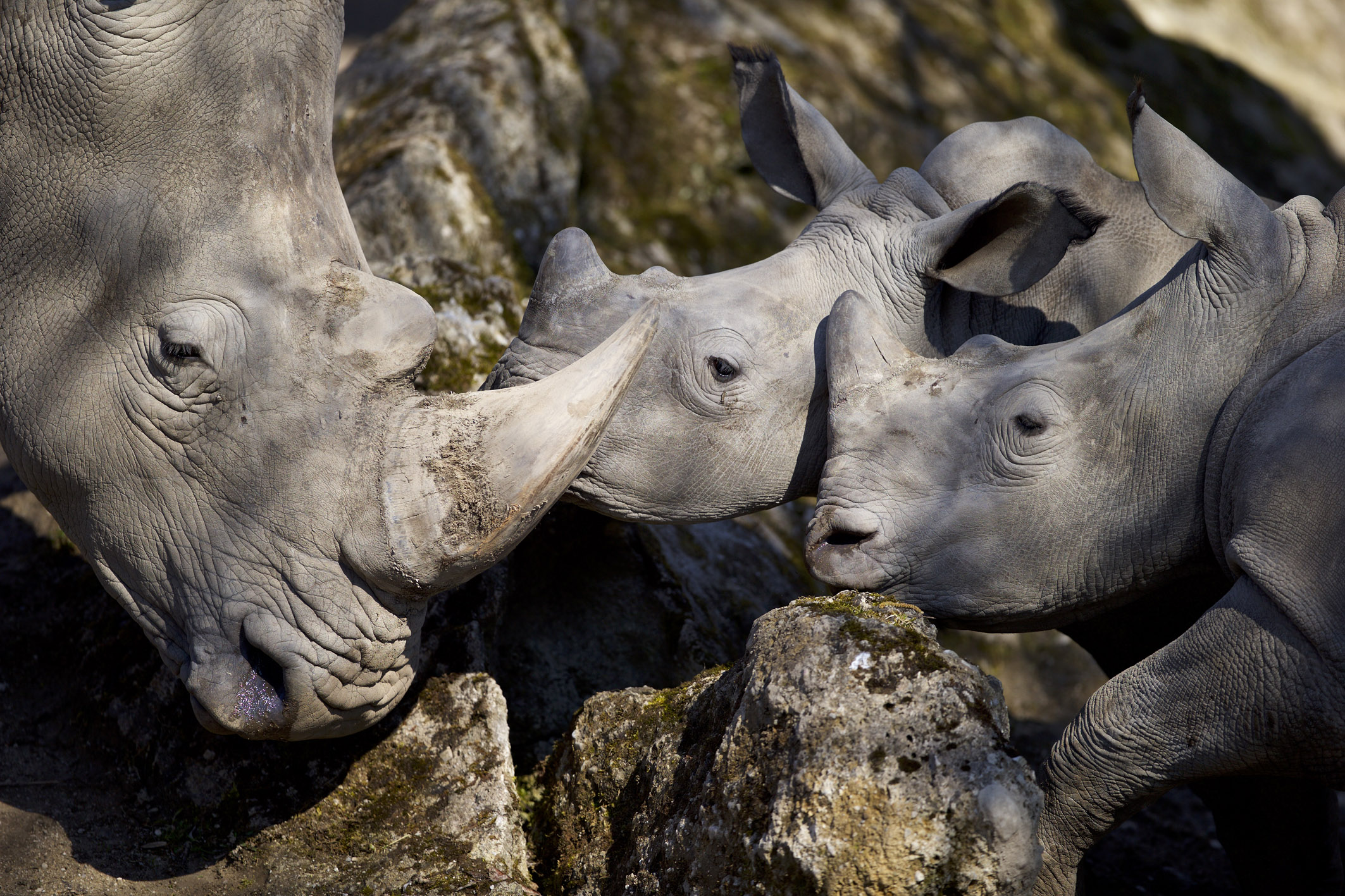The Rhinoceroses – The Battle for its Survival Continues
The protection of many animals is nearly impossible today without zoos. One example here is the rhinoceros, whose population is diminishing massively worldwide. Since 2013 the Akademie has thus supported a special species protection and conservation breeding project at the Salzburg Zoo.
Trade with the horn of the rhinoceros has officially been prohibited for about four decades. However, because it is considered to have healing and aphrodisiacal properties, especially in China and Vietnam, the prices for rhinoceros horns on the black market are horrendous. With fatal results: this animal species is in imminent danger of becoming extinct and it is nearly impossible to protect in the wild. For this reason, zoos have developed special breeding programs in order to help the species survive.
Salzburg already began such a program four years ago. At that time, Henning Wiesner, based on his decades-long, practical experience as a zoo veterinarian and head of the Munich Zoo Hellabrunn, was asked by Sabine Grebner, the director of the Salzburg Zoo, to act as scientific, zoological and veterinary advisor. At issue was also the lack of rhinoceros offspring. The bull Athos showed no interest at all in his conspecifics.
Wiesner recommended artificial insemination and cooperation with the internationally renowned Leibniz Institute for Zoo and Wildlife Research (IZW) in Berlin. In order to prepare the animals, Wiesner adjusted the feeding as well as the husbandry and prescribed special phytotherapy to stimulate the male and female gonads. With success: using these methods, two young animals were born at the Salzburg Zoo and they developed wonderfully. In the meantime, the two bulls are old enough to be adopted by other zoos – and to hopefully in turn produce further offspring.
The specialists from Berlin traveled once more to Salzburg in December in order to build on their past success. Both rhinoceros cows, Yeti and Tamu, were inseminated again. Whether the result has been successful and the two females are actually pregnant, can first be confirmed in the spring of 2018. ■





